2006 US Open: The Story Of Mickelson And Montgomerie's Meltdowns At Winged Foot
The 2006 US Open featured two of the most harrowing final-hole meltdowns in Major history from two of the game's best players
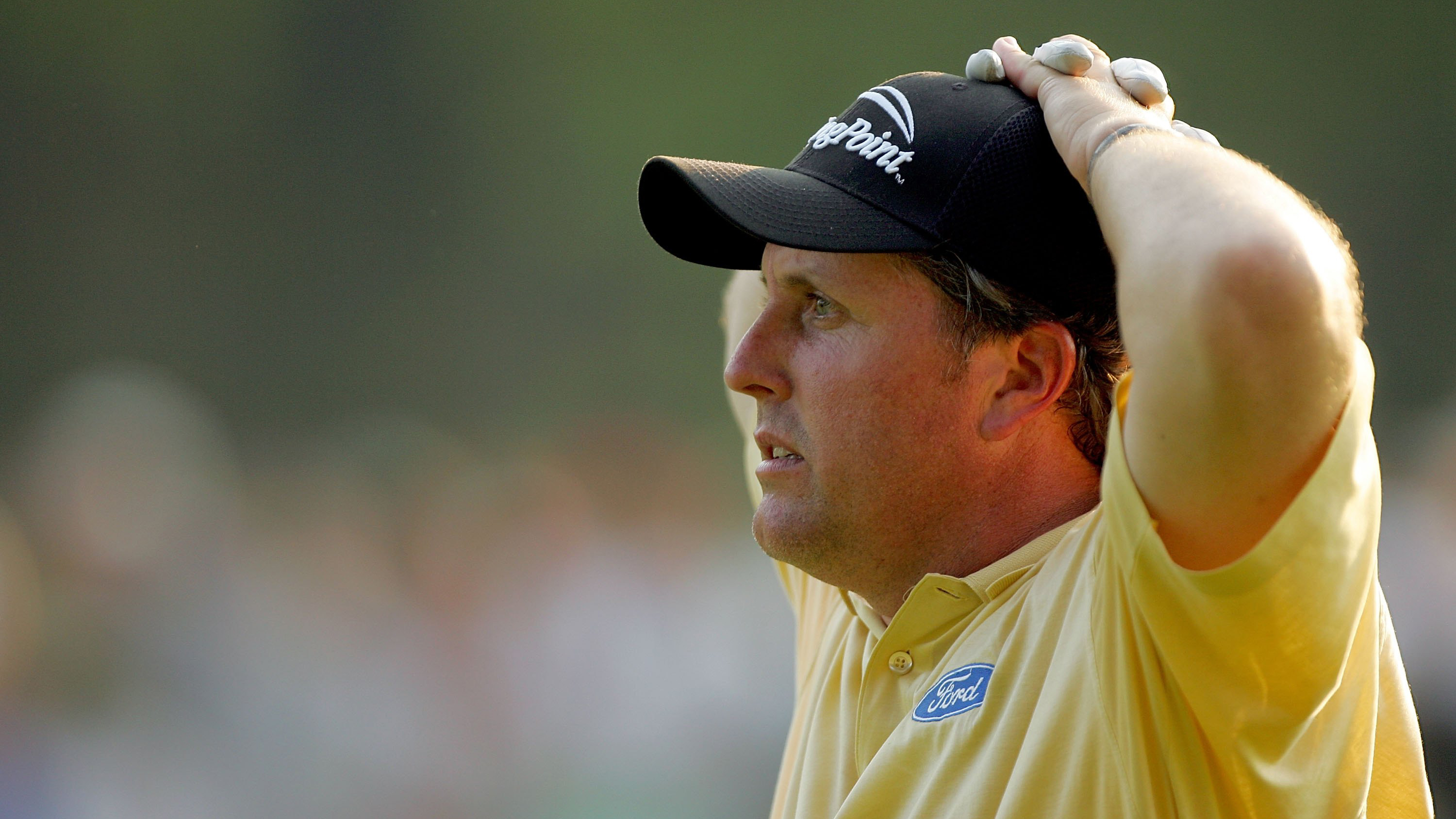

The year 2005 had seen a renaissance for European golfing legend Colin Montgomerie. After a couple of mediocre seasons, the then 42-year-old returned to prominence, claiming an eighth European Tour Order of Merit. His season highlight was a runner-up finish in The Open at St Andrews – only an untouchable Tiger Woods surpassed him that week.
Monty went into 2006 full of confidence after a win in Hong Kong before Christmas, but his early season form was patchy. He missed the cut at The Masters, and four further missed cuts were cause for concern.
But his game was always well suited to the examination set by the US Open, and, having also racked up four top tens in 2006, he travelled to Winged Foot believing he could feature.
Phil Mickelson went to Winged Foot feeling sure he would feature. He’d won the last two Majors – the ’05 PGA Championship and the ‘06 Masters – and he’d recorded seven top-ten finishes in the first part of 2006, including a stunning 13-shot victory in the BellSouth Classic. Mickelson had finished runner-up in his national championship on three occasions and was determined to go one better.
Over the previous 10 years, the most significant obstacle Mickelson (and everyone else) had faced was Tiger. In the first five years of the new millennium, Woods won a third of the Majors contested. But he was distracted coming into Winged Foot. In May of 2006, his father, Earl, died of a heart attack. Woods didn’t play a competitive round between The Masters and the US Open.
The USGA is renowned for setting an exacting test when it comes to their biggest championship. Over the years, conditions for the US Open have verged on unfair. Past instalments of the great event hosted by Winged Foot Golf Club in Mamaroneck, New York, suggested the 2006 championship would not offer a respite.
A tough test
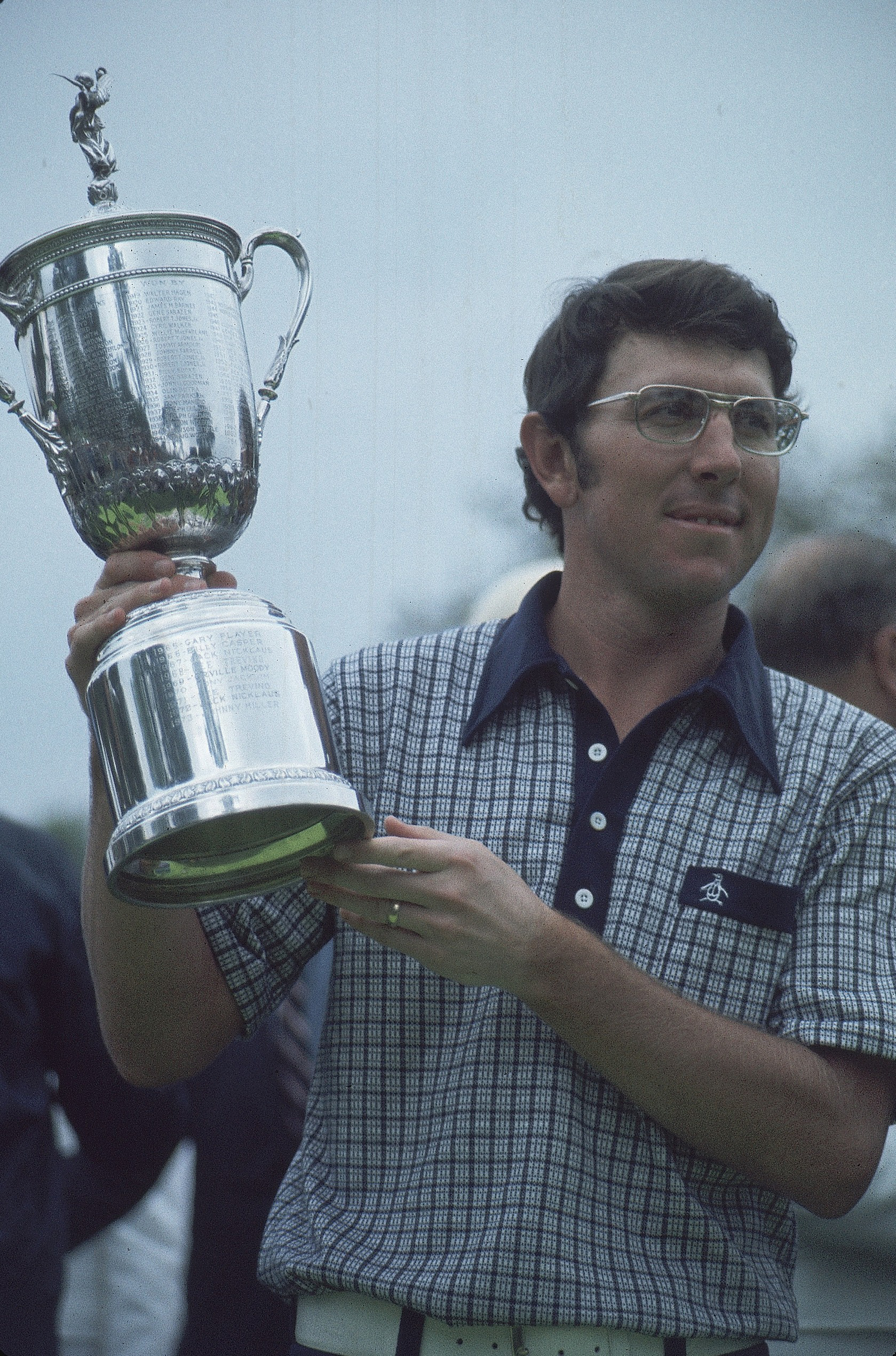
Hale Irwin
In 1929, Bobby Jones won at Winged Foot, despite a final round of 79. His six-over-par total was good enough to force a play-off with Al Espinosa, which the great amateur won. In the 1974 US Open, Hale Irwin was the last man standing in what would become known as ‘the massacre at Winged Foot’.
Get the Golf Monthly Newsletter
Subscribe to the Golf Monthly newsletter to stay up to date with all the latest tour news, equipment news, reviews, head-to-heads and buyer’s guides from our team of experienced experts.
Nobody broke par in round one and Irwin won with a four-round total of seven-over-par. Many complained the course had been overly testing.
In the days leading up to the 2006 championship, there were similar mutterings from the players. The fairways were incredibly narrow and the rough extremely penal. The greens were both hard and harshly sloping.
“The rough is a golfer’s nightmare,” said defending champion Michael Campbell. “It’s right up there with the deepest and thickest I’ve ever seen.” Even Masters champion Mickelson was surprised by what he saw. “The course is on steroids,” he said. “I predict someone will play the wrong ball out of that rough before the week is out.”
It was clear this would be a layout to favour the patient and precise players – the best and straightest drivers of the ball, rather than the out-and-out bombers. Monty must have had a little spring in his step. The Scot couldn’t match many of the younger players in terms of distance, but he certainly could on accuracy. If he could keep the ball on the short stuff from the tee, he would be at a distinct advantage.
In the first round, Monty did just that. He hit nine of 14 fairways on Thursday. It might not sound good, but given the ribbon-like strips of closely mown surfaces at Winged Foot, it was quite an effort; Woods found just three.
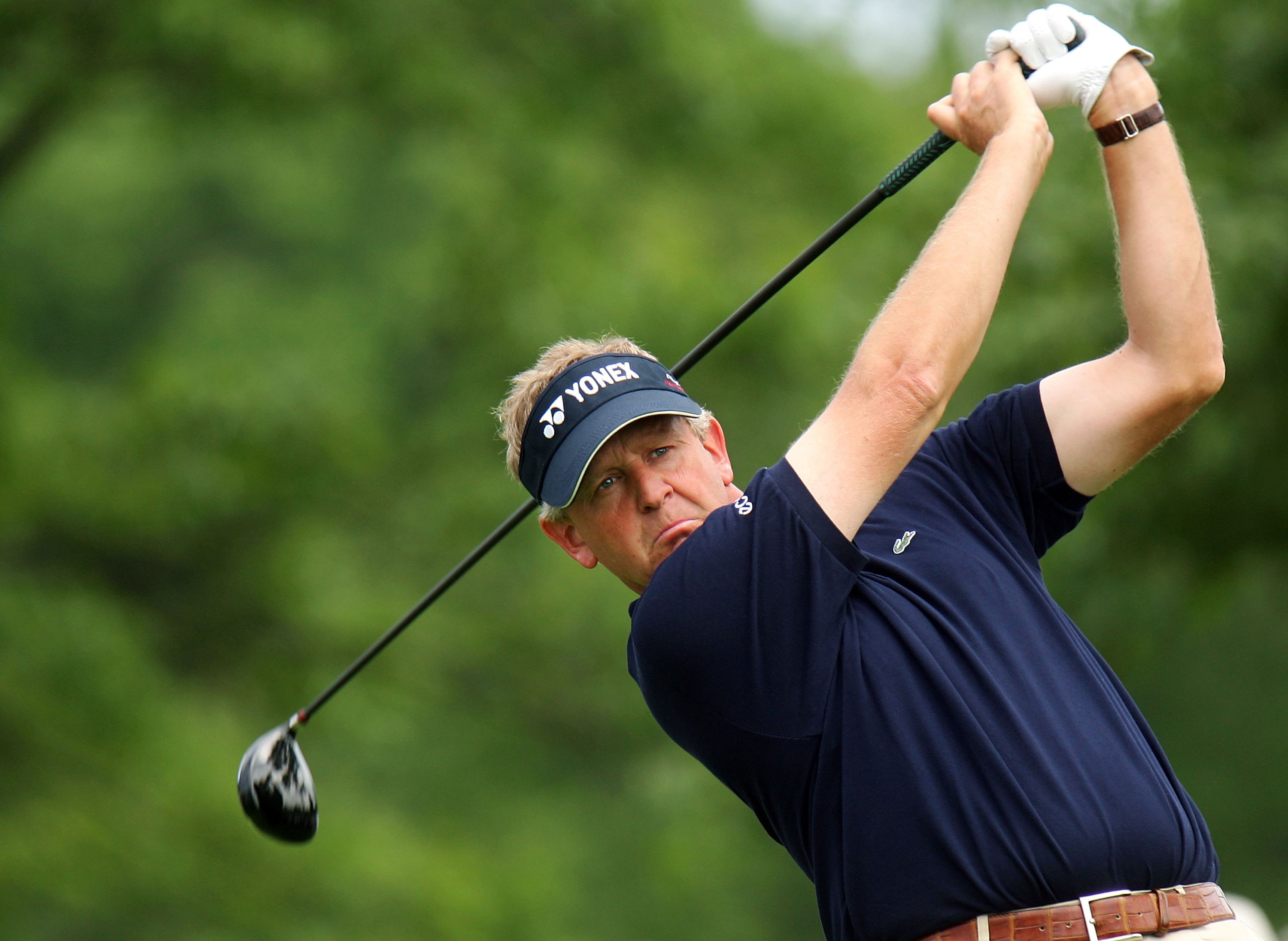
Monty in full flow at Winged Foot
Only one man broke par on day one: Montgomerie. Some 22 players failed to break 80. The Scot led by one from Jim Furyk, Mickelson, Steve Stricker, Miguel Angel Jimenez and David Howell. Englishman Howell had been leading with something to spare towards the end of his round. He reached four-under through 13 holes, but dropped four shots over the last five to finish level.
Howell was in the top ten of the world ranking at the time. He had just won the BMW Championship at Wentworth and was leading the European Tour Order of Merit. Regarded as one of the very best putters in the game, Howell (who would go on to finish in a tie for 16th) looked to many the most likely European to triumph. But Monty had other ideas.
After three near misses in US Opens through the 1990s (Pebble Beach – 1992, Oakmont – 1994 and Congressional – 1997), Monty had proven he had the necessary golfing skills to win the year’s second Major, and he believed he could. “If I didn’t think I could win, I wouldn’t have bothered flying out here,” he said.
Mickelson would have been content with his start, but his great rival Woods would not. The World No.1 carded a disappointing 76. Things didn’t get any better for Tiger on day two. He only found four fairways and recorded a second-straight 76 to miss the cut in a Major for the first time since turning professional in 1996.
An unlikely challenger
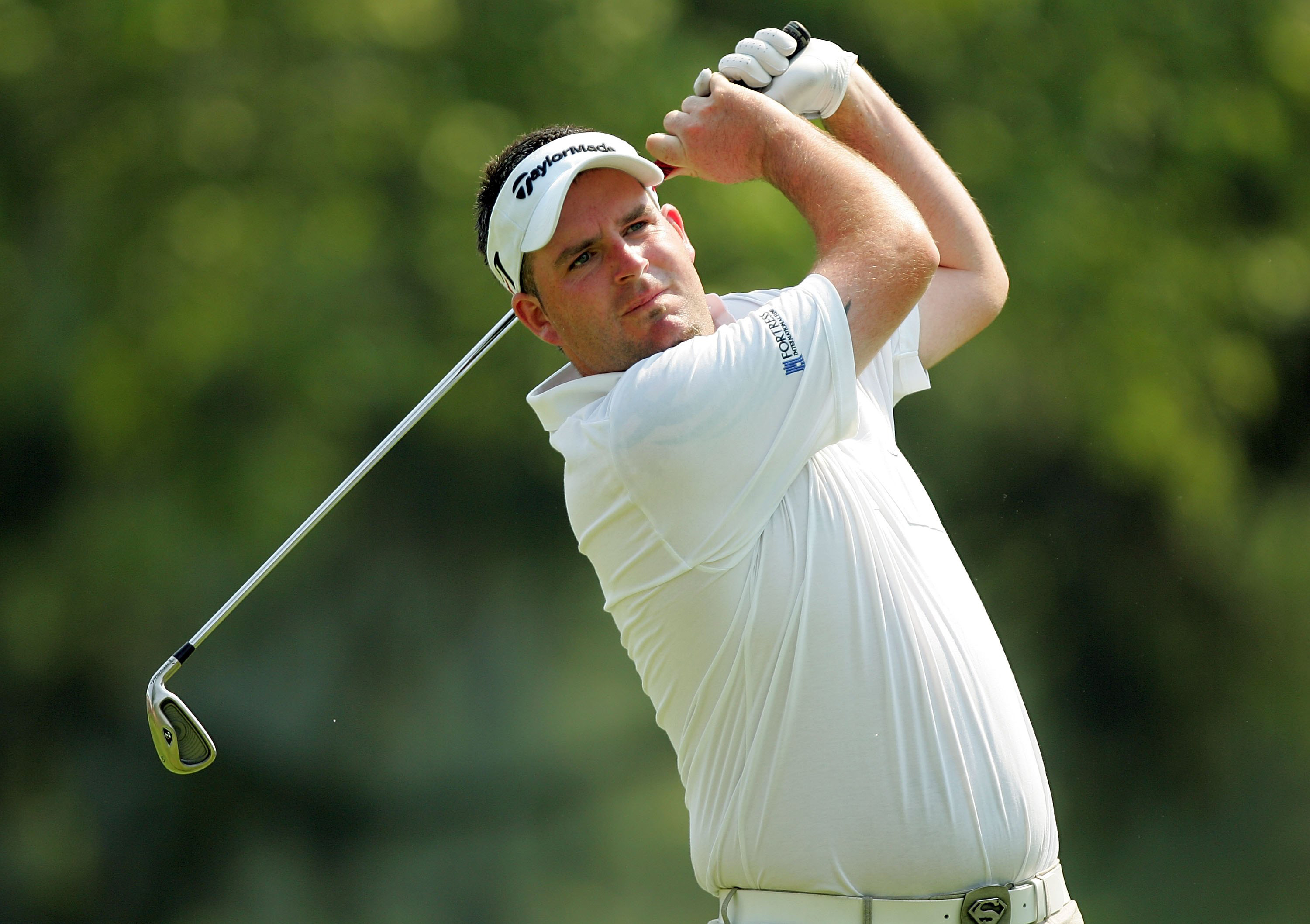
England's Kenneth Ferrie
As the course became firmer and faster, Stricker was left as the only player under par at the halfway mark. He fired a 69 to be one-under. Stricker went into a slump after winning the 2001 WGC-Accenture Match Play and lost his card in 2004. Relying on sponsors’ invites through 2005, he missed 11 cuts on the circuit. But a third-place finish in the 2006 Shell Houston Open offered a glimmer of hope. Then, in Sectional Qualifying for the US Open, Stricker shot rounds of 65 and 64 to win by five and earn his start.
Although Stricker faded over the weekend at Winged Foot, he held on to a tie for sixth. That finish, together with six further top tens in the 2006 season, saw him named PGA Tour Comeback Player of the Year. Monty continued to show good form as he carded a 71 to go into the weekend in second place on level par. Mickelson was four back after a second-round 73.
After a solid 70, Australia’s Geoff Ogilvy was just two behind Stricker on one-over-par. Ogilvy had won the WGC-Accenture Match Play earlier in the year, and he’d finished in the top 20 in each of the three previous Majors. A good battler, known for his calm and measured approach to the game, it wasn’t a surprise to see the Australian in contention.
More surprising was the man Ogilvy was tied with in third place after 36 holes. England’s Kenneth Ferrie was playing in his first US Open and only his fourth Major. He was ranked 102nd in the world going into the week and had been struggling on the European Tour during the first part of the year – his best finish in 12 starts had been a tie for 24th in Portugal. Few expected him to remain in contention on Saturday.
But Ferrie didn’t just remain in touch, he took a share of the lead. A 71 saw him tied with Mickelson on two-over-par. The 27-year-old from Northumberland would play in the final group on the final day at the US Open. “It’s going to be a bit daunting, but if I keep doing what I’ve been doing there’s no reason I can’t go out there and compete,” he said.
A congested leaderboard
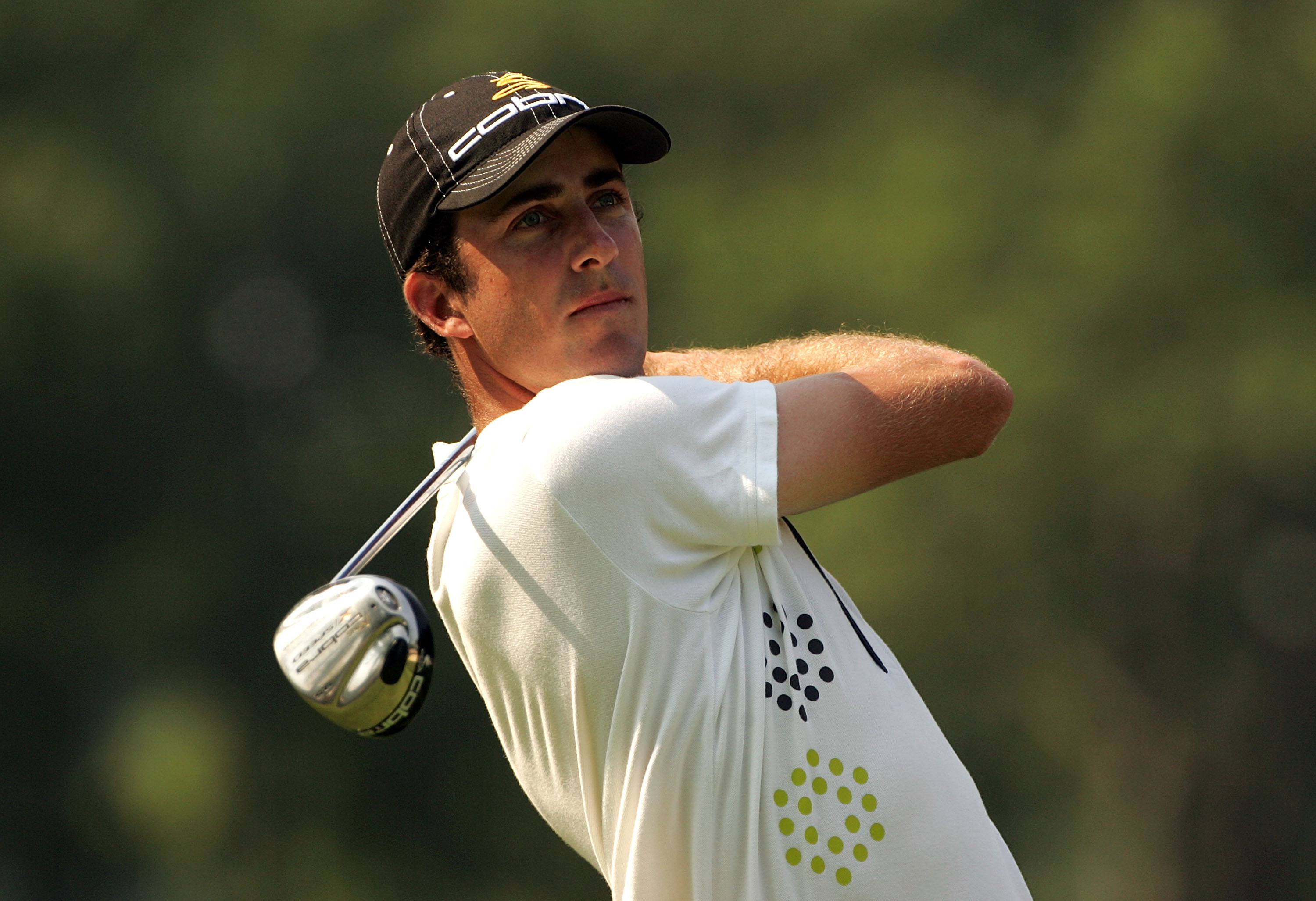
Geoff Ogilvy
There wasn’t much to separate those at the top of the leaderboard with one round to play. Indeed, eight men were within four shots of the lead. Ogilvy was one back with Monty, Stricker, Ian Poulter and Vijay Singh three behind. Jim Furyk and Padraig Harrington were a further shot back.
Sunday at Winged Foot witnessed one of the most exciting rounds in US Open history. During the final 18 holes, no fewer than five men held the lead at some stage and there were 15 lead changes between them.
Ogilvy raced out of the blocks and, after birdies at the 5th and 6th holes, took to the front on one-over. But he gave those shots back on the 8th and 9th and Monty, who had reached the turn in two-under for the day, found himself in a share of the lead with nine to play. Mickelson made his move with a birdie on the 11th to claim the lead on his own. Meanwhile, Ferrie made a fourth bogey of the day on the same hole and two further shots went later on the back nine. He finished in a highly creditable tie for sixth.
Mickelson moved two clear with a birdie on the 14th and, with three to play, he looked to be in control. But on the 16th, his approach plugged in the greenside bunker and he dropped a shot. On the next, his drive went well left and found the trees. Just earlier, Montgomerie had faced a monster birdie putt on the penultimate green. Snaking some 75 feet from left to right, it dropped, leaving Monty visibly shocked and in a tie for the lead on four-over. Sadly, it wasn’t a sign of things to come.
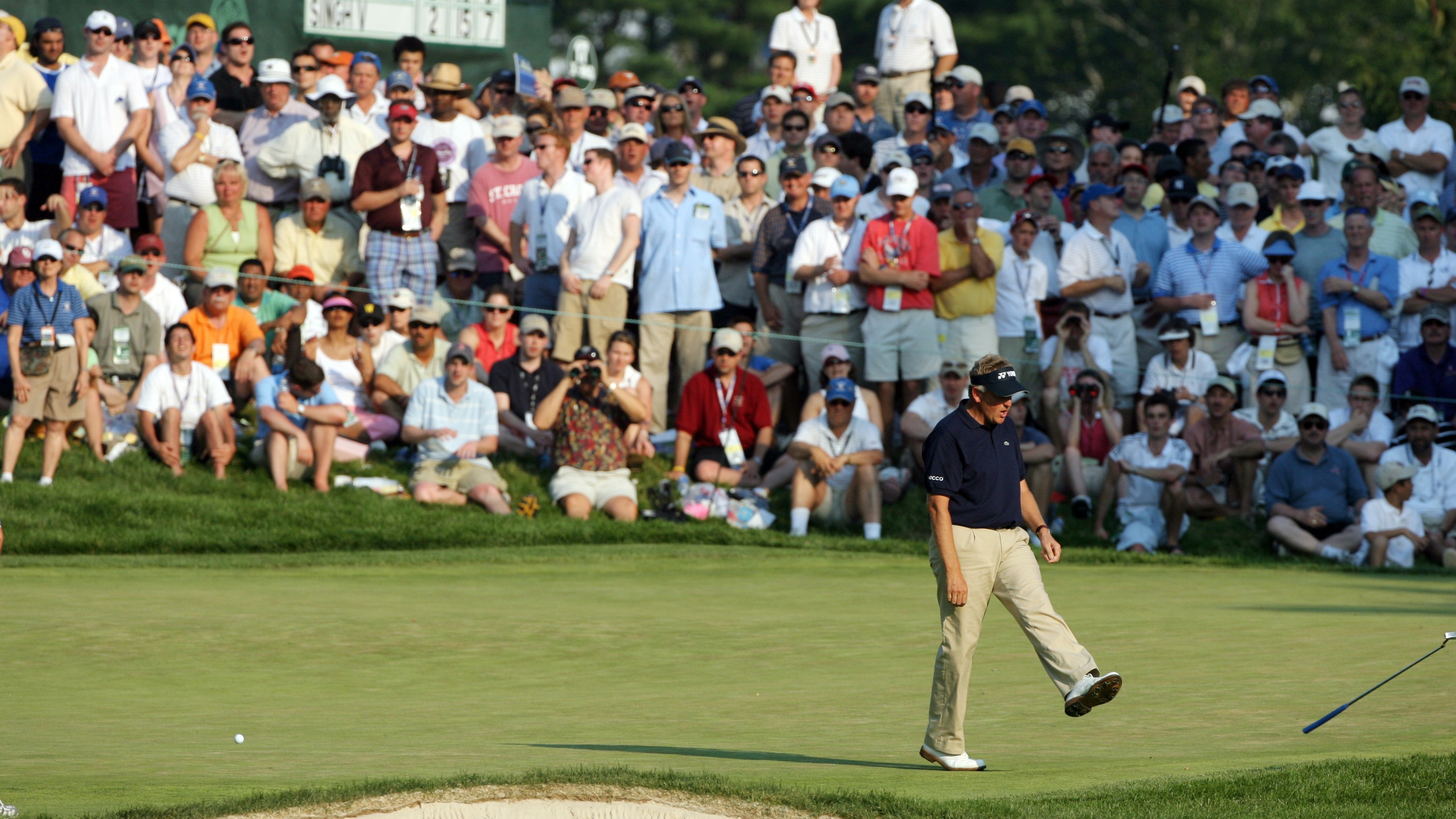
Colin Montgomerie was left to rue a poor shot into 18
With Mickelson stumbling, Monty had a great chance. He played a perfect tee shot on the 18th, leaving a straightforward approach with a mid-iron: bread and butter for the Scot. But Monty’s playing partner, Singh, needed a ruling in the hospitality tents to the left of the fairway and Montgomerie elected to wait. During the delay, he began to question whether he needed to hit a 6- or a 7-iron. Eventually, he opted for the 7-iron, but he made a poor swing and his ball came up short and right in thick rough.
“If there was one shot in my career I could take again – and have taken again a million times in my mind’s eye – it would be my 7-iron from the 18th fairway,” Montgomerie said in his autobiography. From a near-impossible spot, the Scot blasted to the back of the green and took three putts for a double-bogey to finish on six-over-par.
Playing behind Monty, Ogilvy had been sneaking along under the radar on the back nine. On the 17th, he made a miraculous par, chipping in from the back edge for a four to keep him at five-over. A par on the last and he would finish one better than Monty and set the clubhouse lead. He too failed to find the final green in regulation, but, from the fairway, he faced a far easier pitch. He chipped up to five feet and holed the putt to end Monty’s hopes. “This is as tough as it gets,” the Scot later said in a post-round interview.
But Mickelson was still in the box seat with one to play. He’d made a great par from the trees on the 17th and he stood on the final tee one ahead. But he was clearly rattled, and his drive went well left again, in towards the hospitality tents behind a tree.
From 210 yards, Mickelson went for broke and tried for the green. He blasted it into the tree and the ball travelled no more than 30 yards. His third carried into the bunker through the green and plugged. He had no chance with his fourth, and it rolled off the front edge. When his chip for bogey failed to drop, Ogilvy was a delighted, but slightly bewildered, champion.
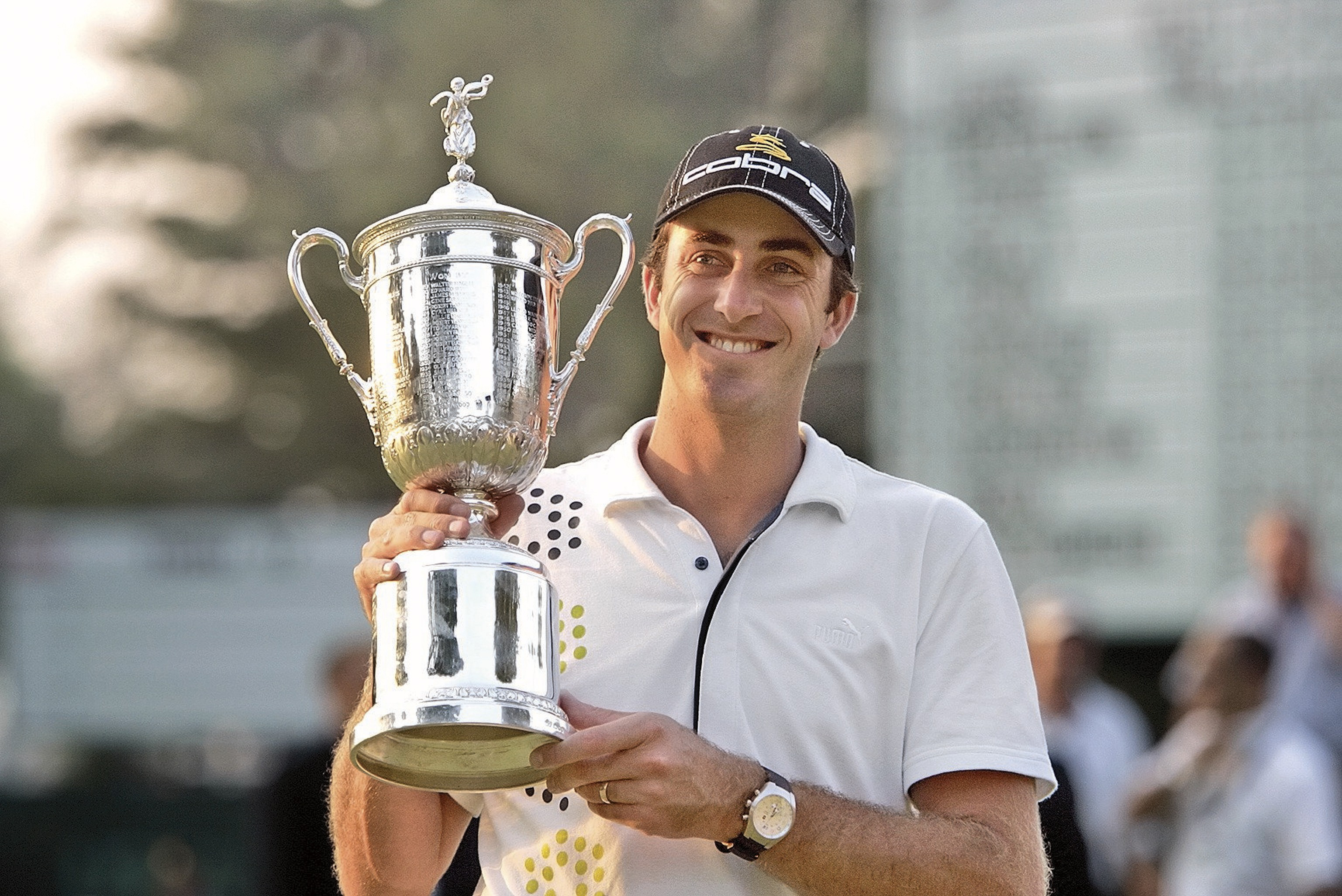
Geoff Ogilvy - 2006 US Open Champion
“On 18, I figured I needed a birdie. When I got up and down, I thought ‘well, second in the US Open is pretty good’,” said Ogilvy. “I was perhaps the beneficiary of a bit of charity.”
“I’m in shock, I can’t believe I’ve just done that. I’m such an idiot,” said Mickelson, who couldn’t conceal his disappointment. “As a kid I dreamed of winning this. I’ve worked so hard and I just can’t believe it.”
A great deal of the focus after Winged Foot was on the blunders made by Monty and Mickelson on the final hole. But they weren’t the only players to throw away a chance of victory. Furyk played a supremely solid final round and was level for the day coming to the last. He found sand with his second to the 18th and blasted out to just five feet. He had a putt to post five-over (the same score as Ogilvy) but missed. Harrington birdied the 14th to reach four-over (two-under for the round) but he bogeyed the last three holes to finish two shots back.
“I’m going to rue this one,” said the Irishman. “But it’s the guy who chips in and gets up and down at the last who wins a US Open. It’s not the guy who bogeys the last three holes or double-bogeys the last.”
And so it was. Geoff Ogilvy emerged gleefully from the carnage at Winged Foot as the last man standing, and as a thoroughly deserving US Open champion.

Fergus is Golf Monthly's resident expert on the history of the game and has written extensively on that subject. He has also worked with Golf Monthly to produce a podcast series. Called 18 Majors: The Golf History Show it offers new and in-depth perspectives on some of the most important moments in golf's long history. You can find all the details about it here.
He is a golf obsessive and 1-handicapper. Growing up in the North East of Scotland, golf runs through his veins and his passion for the sport was bolstered during his time at St Andrews university studying history. He went on to earn a post graduate diploma from the London School of Journalism. Fergus has worked for Golf Monthly since 2004 and has written two books on the game; "Great Golf Debates" together with Jezz Ellwood of Golf Monthly and the history section of "The Ultimate Golf Book" together with Neil Tappin , also of Golf Monthly.
Fergus once shanked a ball from just over Granny Clark's Wynd on the 18th of the Old Course that struck the St Andrews Golf Club and rebounded into the Valley of Sin, from where he saved par. Who says there's no golfing god?
-
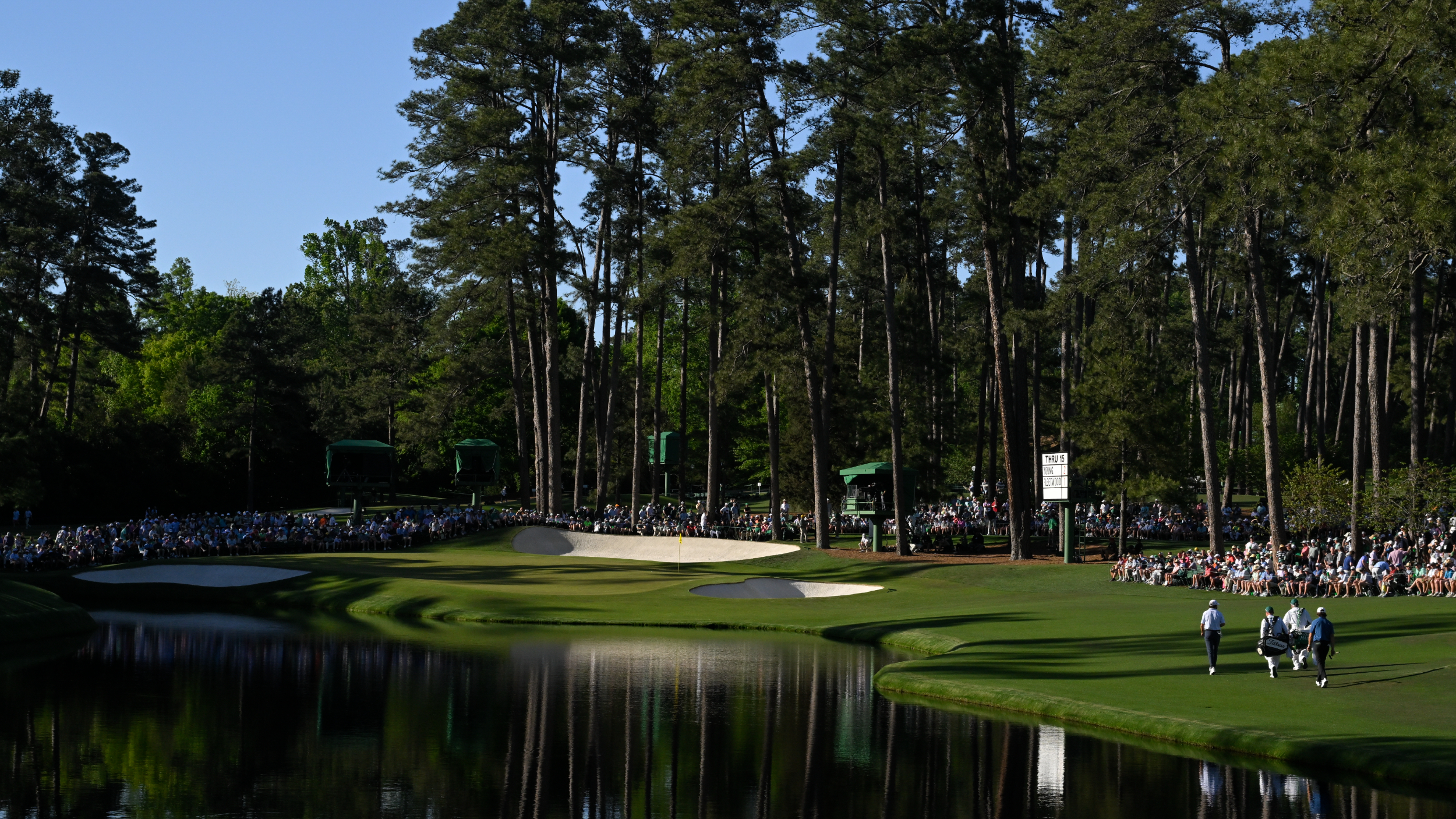 Why The 16th Pin Has Been Moved From Its Traditional Spot For The Masters Final Round
Why The 16th Pin Has Been Moved From Its Traditional Spot For The Masters Final RoundThe 16th pin at Augusta National is in an different position that normal for the final round of The Masters, but why is that?
By Mike Hall Published
-
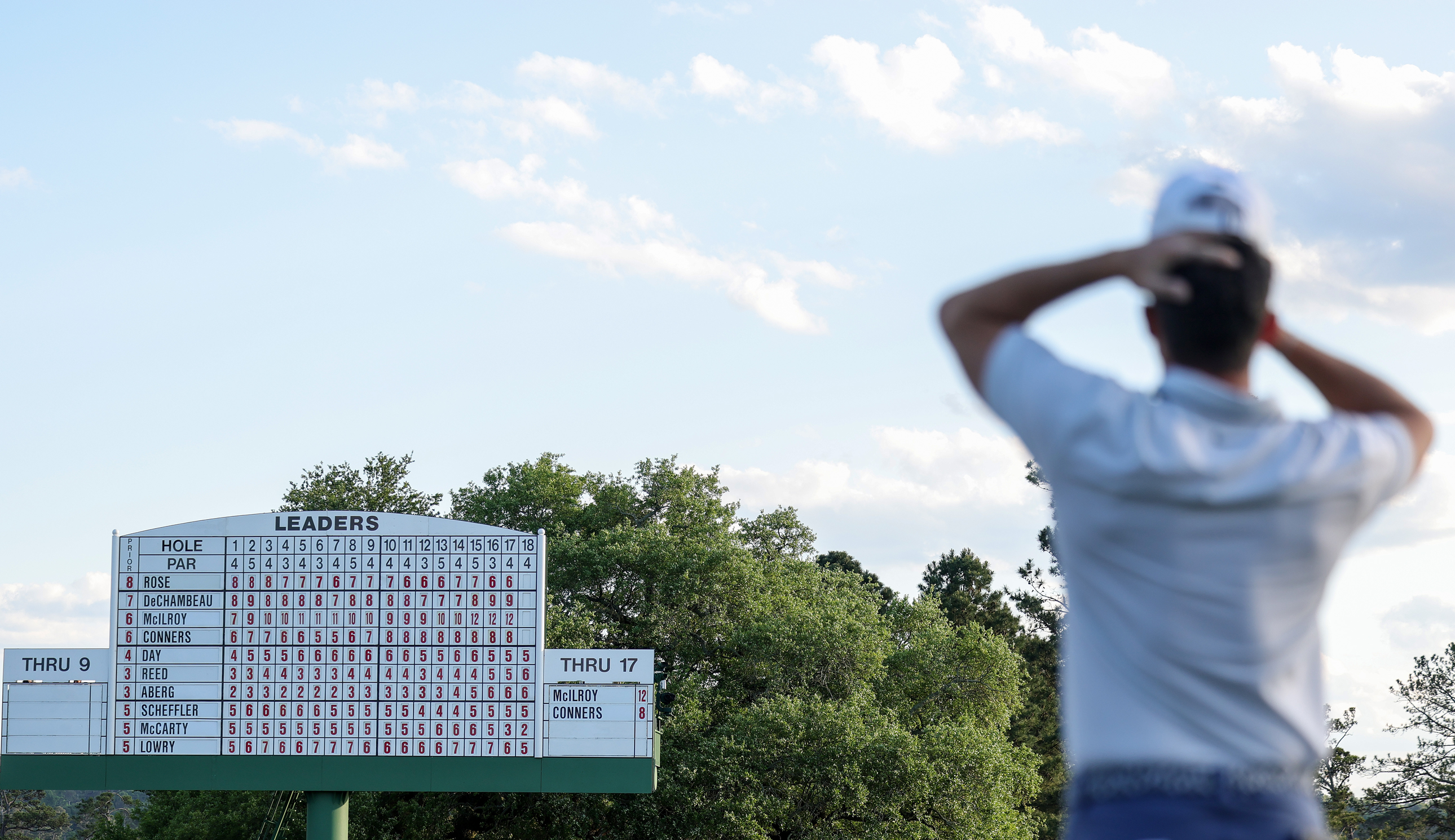 Seve Ballesteros And Brooks Koepka Among The Big Names That Rory McIlroy Would Join As A Five-Time Major Winner With A Masters Victory
Seve Ballesteros And Brooks Koepka Among The Big Names That Rory McIlroy Would Join As A Five-Time Major Winner With A Masters VictoryRory McIlroy leads The Masters going in to the final round and, if he were to win, he would join an illustrious list of five-time Major winners
By Matt Cradock Published
-
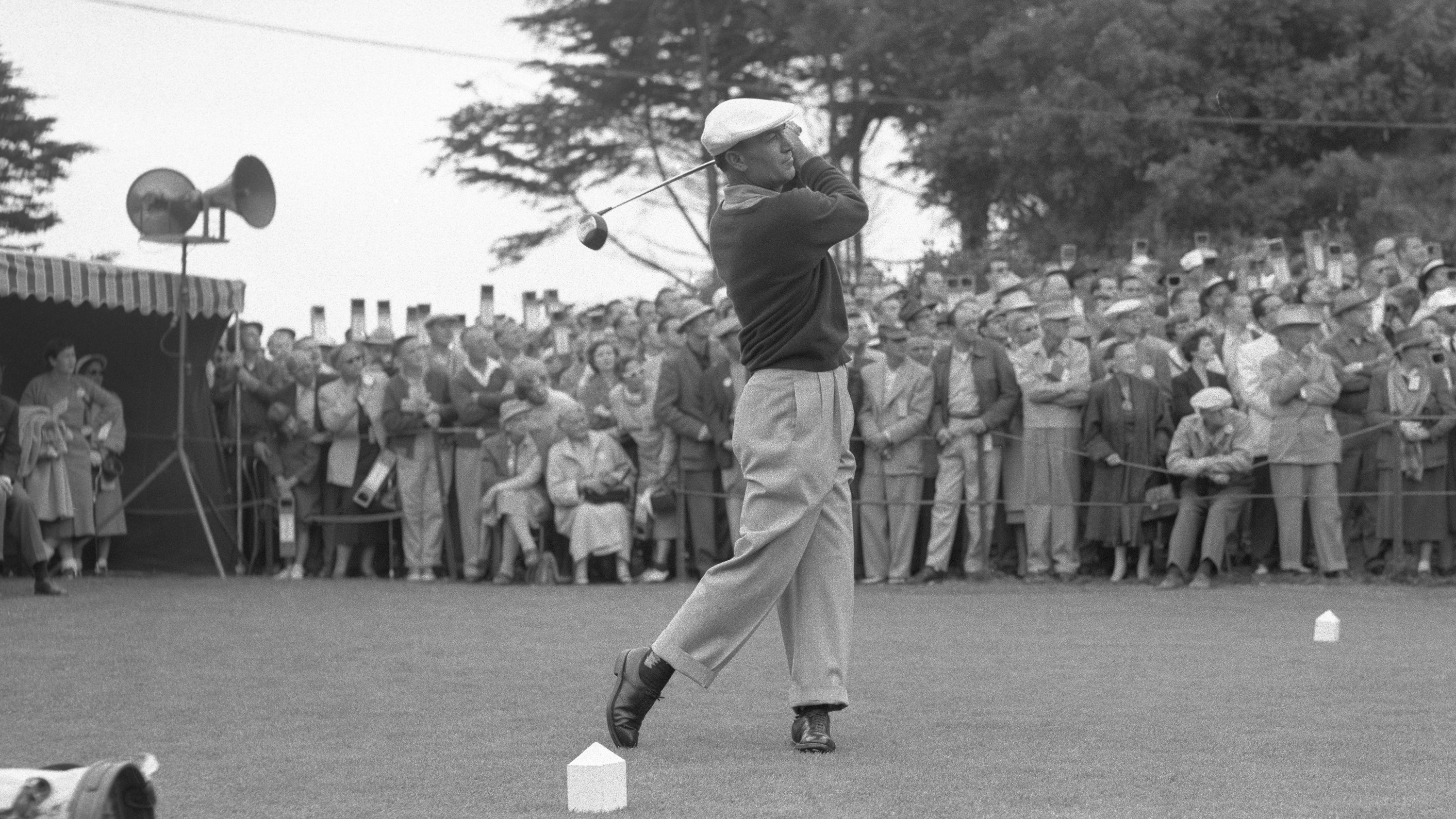 Quiz! How Much Do You Know About Ben Hogan?
Quiz! How Much Do You Know About Ben Hogan?Ben Hogan was one of the greatest golfers in the history of the game. He was a brilliant swinger of the club and is an icon of the sport. How much do you know about him? Test yourself here…
By Fergus Bisset Published
-
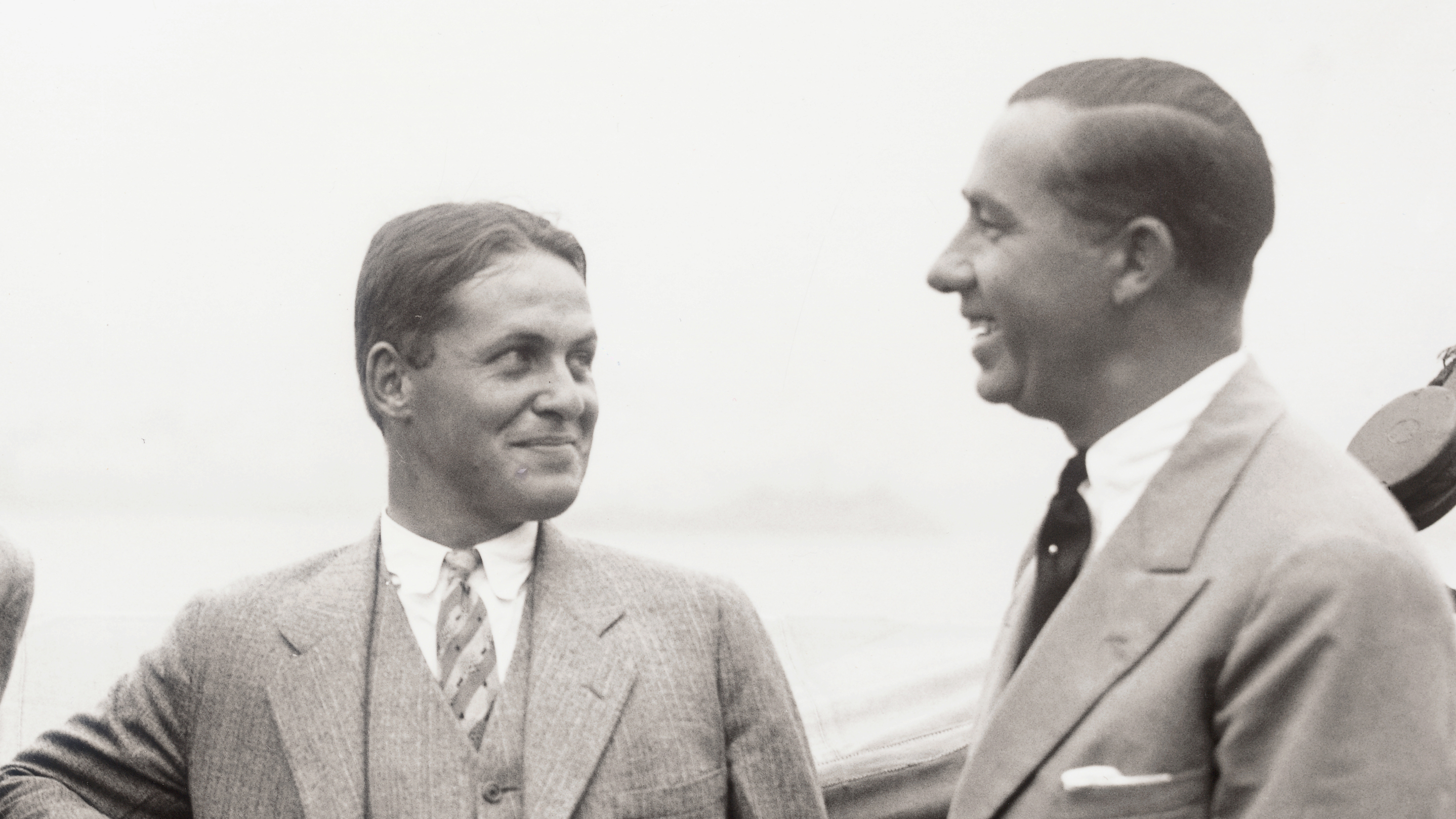 Quiz! Golf In The Roaring 20s – How Much Do You Know About Walter Hagen and Bobby Jones?
Quiz! Golf In The Roaring 20s – How Much Do You Know About Walter Hagen and Bobby Jones?Walter Hagen and Bobby Jones were the standout star golfers of the 1920s. How much do you know about their golfing careers? Test yourself with this quiz
By Fergus Bisset Published
-
 How Far Did Old Tom Morris Drive The Golf Ball?
How Far Did Old Tom Morris Drive The Golf Ball?Old Tom Morris became a golfing legend in the second half of the 19th century, but how far could he hit the golf ball?
By Fergus Bisset Published
-
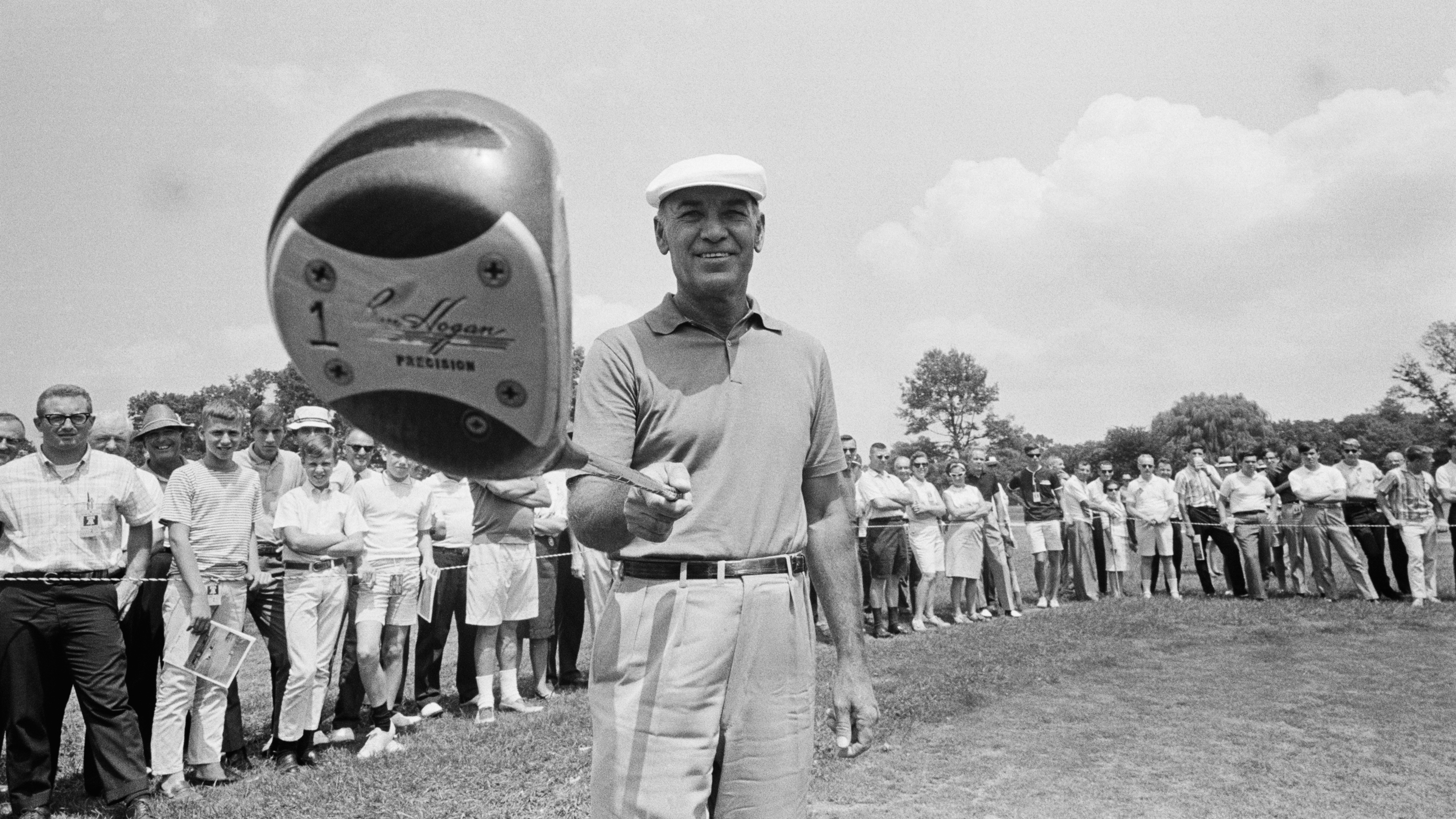 Injury, The Yips And No Form... How Ben Hogan Almost Pulled Off The Unthinkable In His Last Masters Appearance
Injury, The Yips And No Form... How Ben Hogan Almost Pulled Off The Unthinkable In His Last Masters AppearanceAt Augusta National in 1967, 54-year-old Ben Hogan rolled back the years with an incredible back nine of 30 in the third round of his final Masters
By Fergus Bisset Published
-
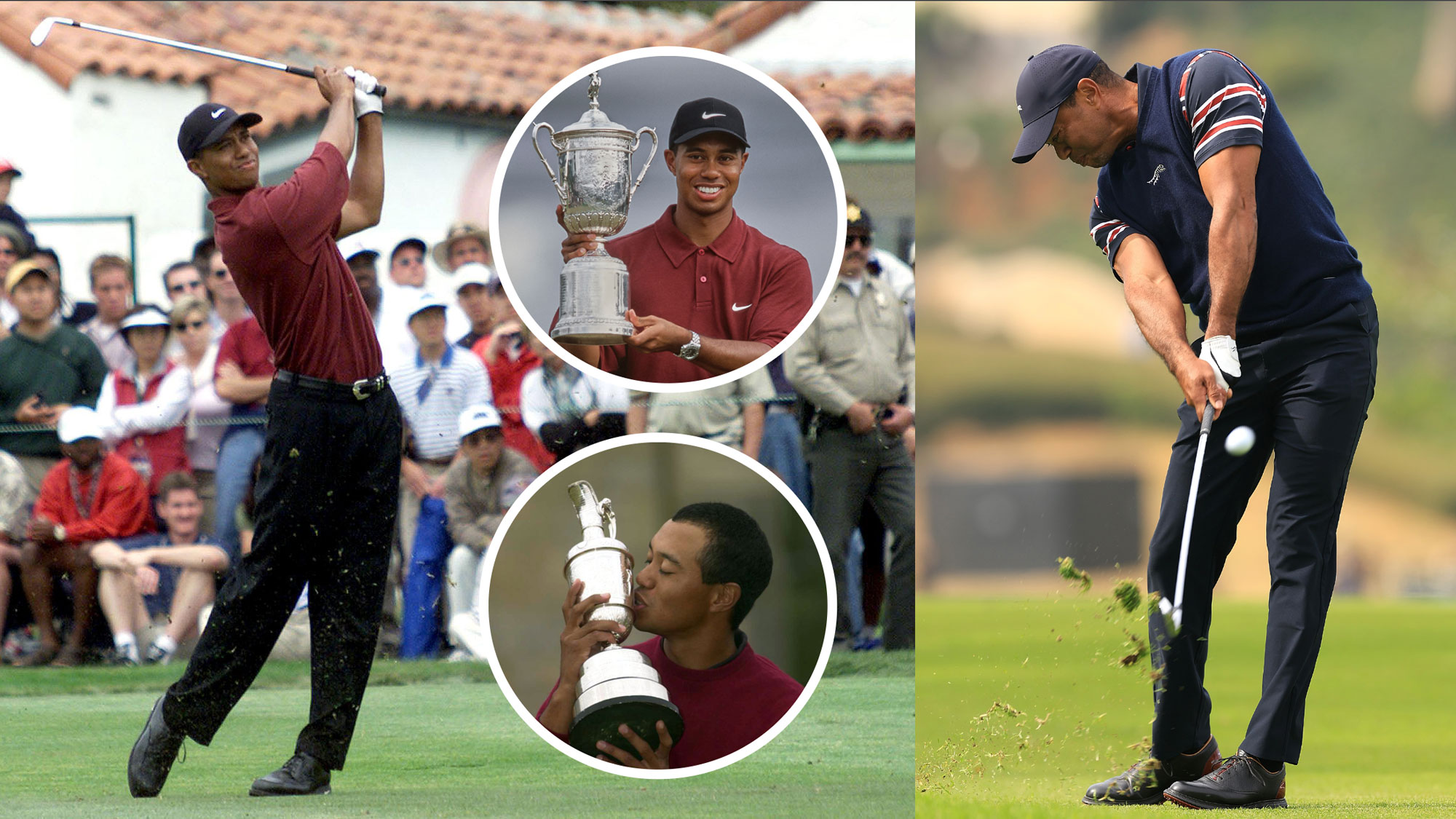 How Would The Unstoppable Tiger Woods Of 2000 Get On Against Today's Best Golfers? We've Crunched The Numbers To Find Out...
How Would The Unstoppable Tiger Woods Of 2000 Get On Against Today's Best Golfers? We've Crunched The Numbers To Find Out...In 2000, Tiger Woods played golf that seemed, and was at times, out of this world. Was it the best anyone has ever played? How would it compare to the best of today?
By Fergus Bisset Published
-
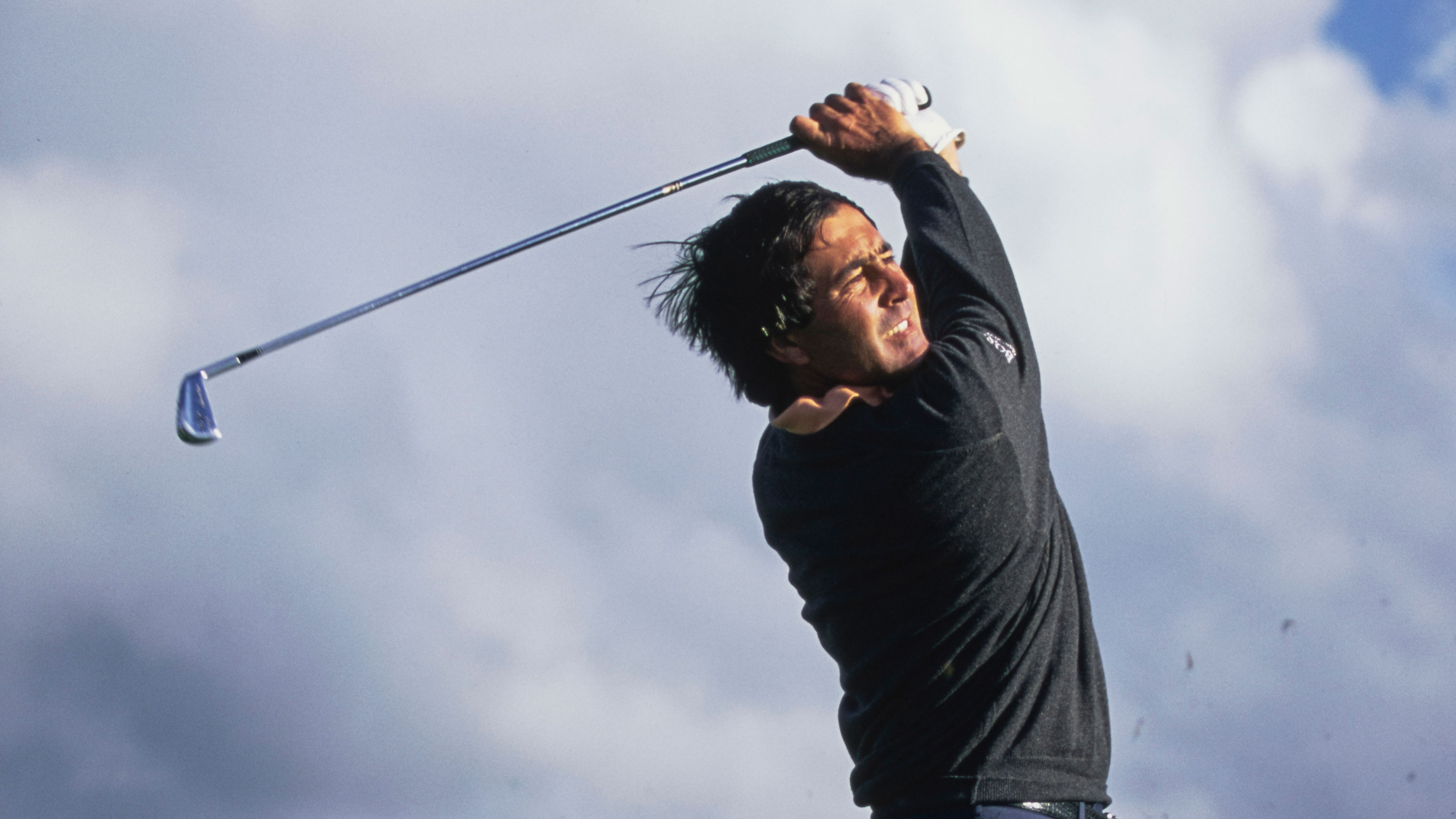 Seve Or Arnie, Who Did More For The Modern Pro Game?
Seve Or Arnie, Who Did More For The Modern Pro Game?Both men were inspirational, and both played a key role in the development of the professional game during the second half of the 20th century.
By Fergus Bisset Published
-
 It Only Took 19 Play-Off Holes... The Amazing Story of Hale Irwin's Record-Breaking 1990 US Open Win
It Only Took 19 Play-Off Holes... The Amazing Story of Hale Irwin's Record-Breaking 1990 US Open WinHale Irwin came through a play-off to become the oldest ever US Open winner in an unlikely and highly memorable contest at Medinah
By Fergus Bisset Published
-
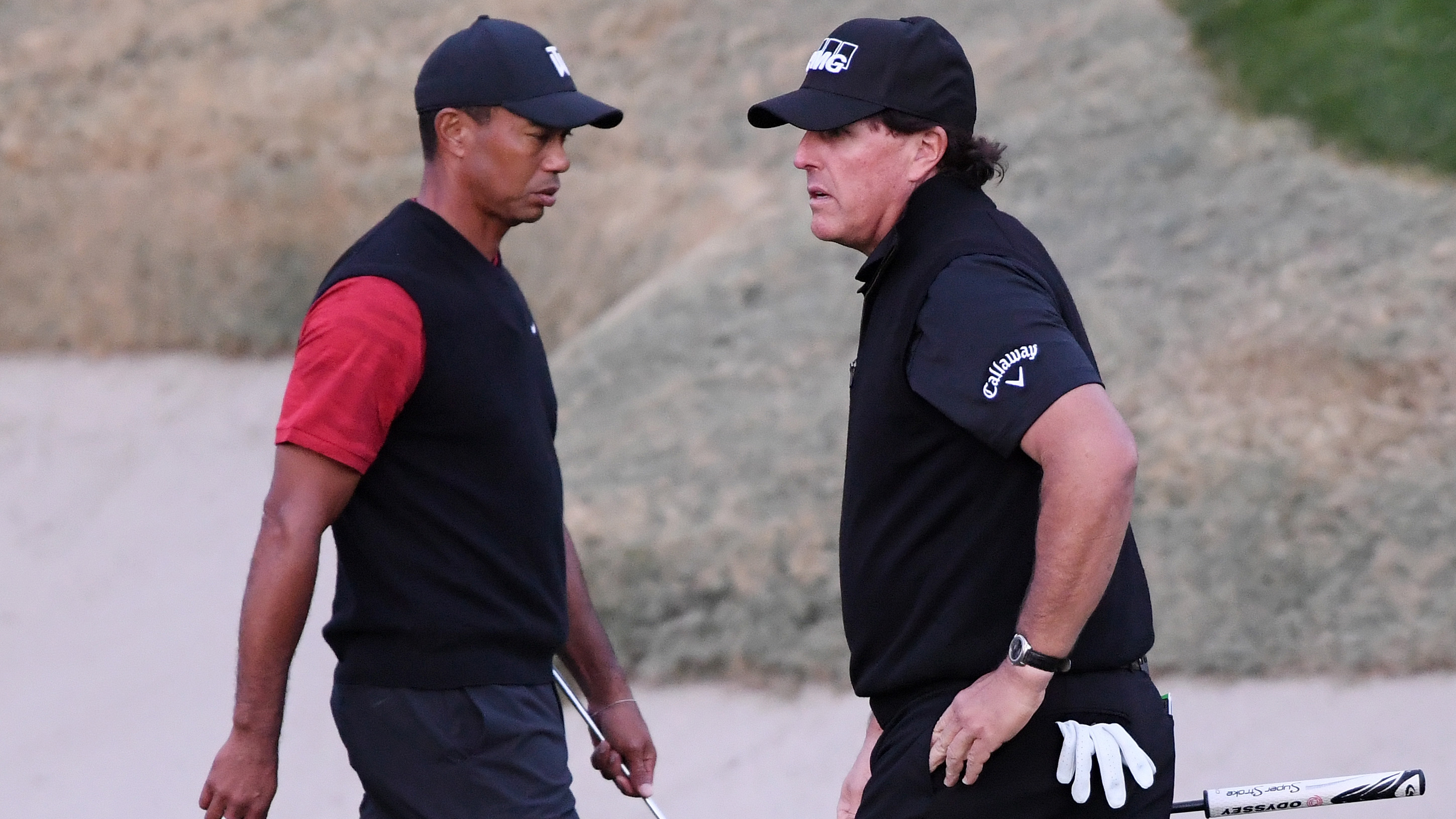 Woods Vs Mickelson – The Numbers Behind One Of Golf’s Great Rivalries
Woods Vs Mickelson – The Numbers Behind One Of Golf’s Great RivalriesWe take a look at the careers of two legends from the last 35 years of golf and compare some of the numbers behind their success.
By Fergus Bisset Published